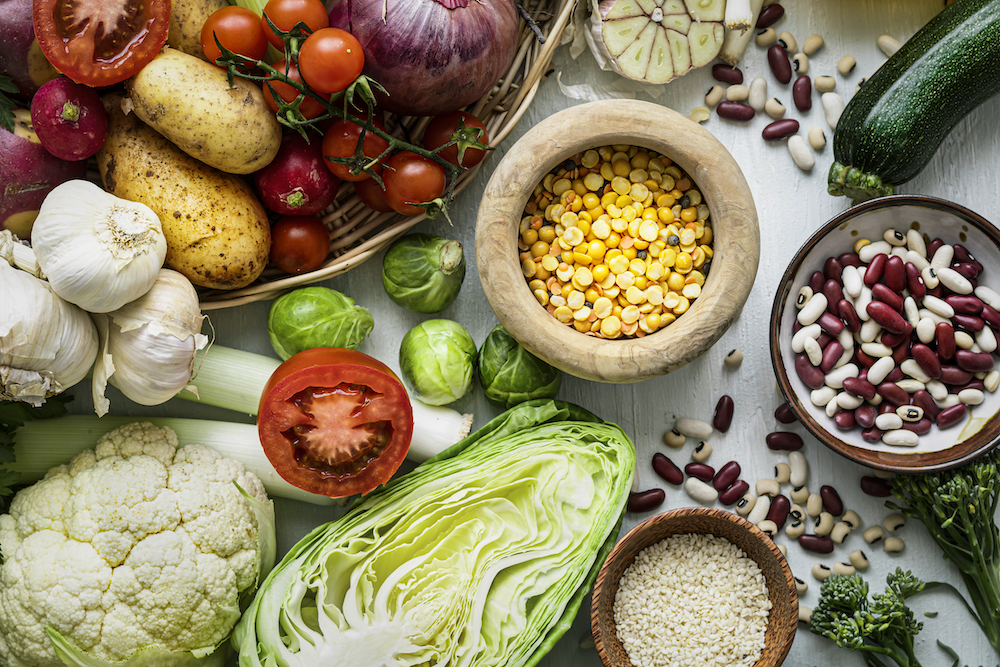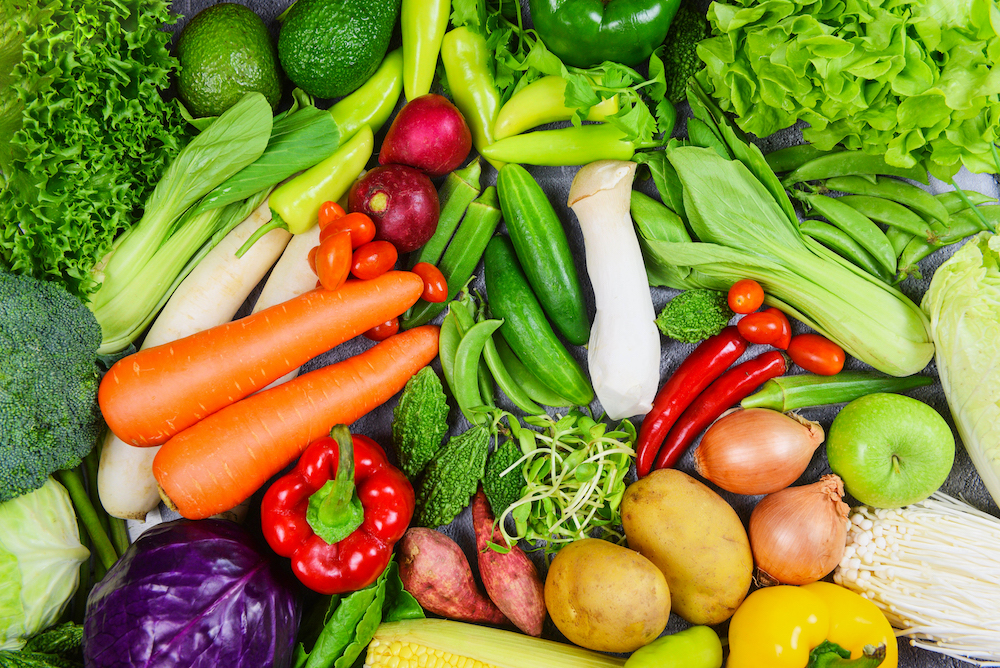How to make your eating habits more sustainable

Sustainability has become an even more significant topic in recent years than it already was. While there’s a lot you can do individually, have you considered looking at your diet as well? We’ve compiled the best tips for you so you can take a step towards a more sustainable eating pattern!
Reduce meat consumption
We understand that enjoying a piece of meat from time to time is delightful. However, consuming too much meat has a considerable environmental impact, especially when it comes to red meat. So, it might be a good idea to skip that tasty steak occasionally. Instead, opt to replace (red) meat with legumes more often. Think of beans, lentils, or chickpeas. Include them in your menu weekly; you can easily incorporate them into a salad or curry.
Combat food waste
Throwing away food is a habit you need to break. If you cook too much, your freezer is your best friend. However, the best practice is to cook the right amount. How many people are eating? Cook precisely for that number. And look at it positively; if you cook too much, you’ll have a delicious lunch for the next day. Here are more tips for you:
- Check your pantry before grocery shopping; see what meals you can make.
- Use a weekly meal plan to account for the number of people you’re feeding. It helps with more targeted shopping.
- Yes, the grocery list is indeed a good idea. It not only helps you shop more purposefully but also minimizes temptations.
Choose your beverages wisely
Drinking tap water is the best choice for the environment. Additionally, both tea and coffee are good options. You probably already know this, but soft drinks, juices, and alcohol are not only unhealthy but also burden the environment due to production in factories, packaging, and transportation. If you want more flavour in your water, add fresh fruit, ginger or mint.
Eat according to the season
Seasonal vegetables and fruits come from local soil or unheated greenhouses during specific seasons. If you eat produce that’s not in season, it may have been transported by plane, leading to higher greenhouse gas emissions. Vegetables and fruits from heated greenhouses consume a significant amount of energy.


